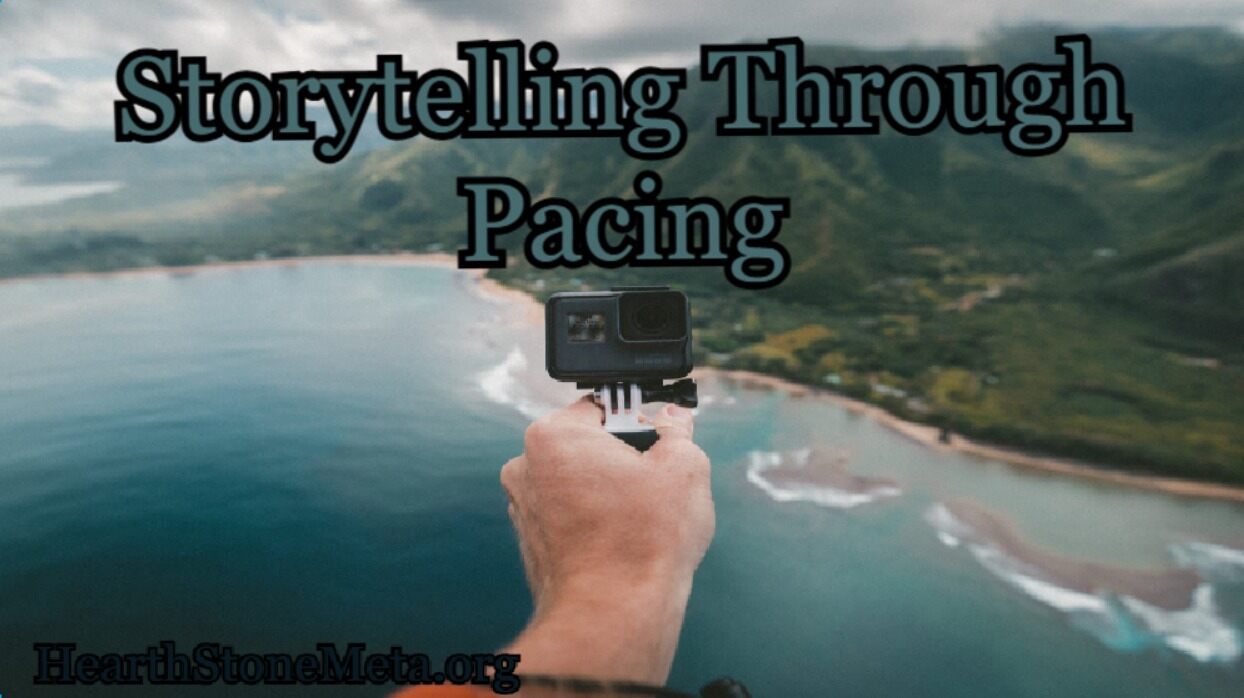Introduction
Creating a journey video isn’t pretty much shooting lovely scenery, it’s about telling a compelling story. A nicely-structured video can shipping your audience, making them experience like they’re experiencing the journey along you. But how do you craft a narrative that continues viewers engaged? The secret lies in pacing and structure.
In this manual, we’ll damage down the way to structure your travel motion pictures for maximum effect. Whether you’re a novice or an skilled content material creator, understanding travel video shape will help you create greater attractive, cinematic, and percentage-worth content material.
Why Pacing Matters in Travel Videos
Pacing is the rhythm of your video—the flow that determines how your audience experiences your story. A well-paced travel video keeps viewers engaged by balancing exciting moments with slower, more reflective scenes. Here’s why it’s important:
- Enhances Engagement: A structured video keeps viewers watching till the end.
- Creates Emotional Impact: The right pacing evokes excitement, nostalgia, or awe.
- Makes Editing Easier: A solid structure helps in selecting and organizing clips effectively.
Now, let’s dive into how to structure your travel videos for storytelling success.
1. Start with a Strong Hook
Grab Attention in the First 5 Seconds
The opening moments of your video determine whether viewers will keep watching. Use a visually stunning shot, an intriguing question, or a bold statement to hook them instantly.
Set the Mood and Theme
Your intro should establish the tone and expectations. Will this be an energetic adventure vlog, a relaxing cinematic experience, or a documentary-style journey?
Introduce Yourself (If Necessary)
If you’re in front of the camera, a quick intro helps build a personal connection with your audience. Keep it short and engaging.
2. Build a Narrative Arc
The Importance of Storytelling in Travel Videos
Every great travel video has a story. Instead of random clips stitched together, aim for a beginning, middle, and end.
- Beginning: Set the scene, introduce the location, and provide context.
- Middle: Showcase the adventure, highlight key experiences, and add emotional depth.
- End: Conclude with a memorable moment, a reflection, or a call to action.
Use a Three-Act Structure
A simple way to structure your travel videos is by following the classic storytelling formula:
- Act 1 (Setup): Where are you? What’s the purpose of the trip?
- Act 2 (Adventure): What challenges or unique experiences did you encounter?
- Act 3 (Resolution): How did the journey impact you? What’s the takeaway?
Break It Into Chapters
If your travel video covers multiple destinations, divide it into segments with smooth transitions or on-screen text to guide viewers through different parts of the journey.
3. Master the Art of Pacing
Balance Fast and Slow Sequences
A good travel video alternates between high-energy and slow, reflective moments. This keeps viewers engaged and prevents monotony.
- Use quick cuts for action-packed scenes (adventure sports, bustling cities).
- Use longer shots for emotional or scenic moments (sunsets, cultural interactions).
Sync With Music and Sound Design
Your pacing should align with the music and sound effects you choose. Upbeat tracks work well for energetic scenes, while slower music enhances emotional depth.
- Match transitions to the beat of the music for a seamless flow.
- Use natural sounds (waves crashing, city ambiance) to enhance immersion.
Control Clip Lengths
Avoid overly long clips unless they add significant value. Cut unnecessary fluff to maintain viewer interest. A mix of wide shots, close-ups, and dynamic angles keeps the video visually engaging.
4. Enhance Storytelling With Transitions & Effects
Smooth Scene Transitions
Jumping abruptly from one scene to another can feel disjointed. Use transitions like:
- Match Cuts: Align similar movements between clips.
- Dissolves & Fades: Create a cinematic feel for emotional moments.
- Whip Pans: Add energy and motion between fast-paced scenes.
On-Screen Text & Graphics
Subtle overlays with location names, timestamps, or fun facts add context without distracting from the visuals.
Color Grading for Mood
A well-chosen color palette enhances storytelling. Warm tones create nostalgia, while cool skin tone evoke calmness.
5. Close With a Strong Ending
Wrap Up the Story
Your ending should feel satisfying and complete. You can:
- Reflect on the journey: Share insights or key takeaways.
- Use a memorable final shot: A sunset, a departing train, or a heartfelt farewell.
- Add a call to action: Encourage viewers to like, comment, or subscribe.
Leave Viewers Wanting More
A teaser for your next adventure or a question to spark engagement keeps your audience excited for future content.
Conclusion
Mastering a way to shape your travel movies is important for creating engaging, expert-great content material. By specializing in storytelling, pacing, and smooth transitions, you could flip your tour experiences into captivating visible narratives.
Next time you edit a journey video, suppose beyond simply beautiful clips—craft a tale that resonates together with your target audience. With the proper pacing, you’ll preserve viewers hooked from begin to complete, making your journey videos truely unforgettable.
Now, grab your digital camera and start storytelling!
